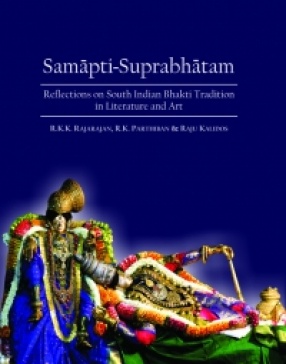
Sharada Publishing House

184 books

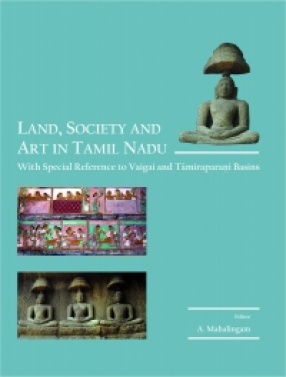
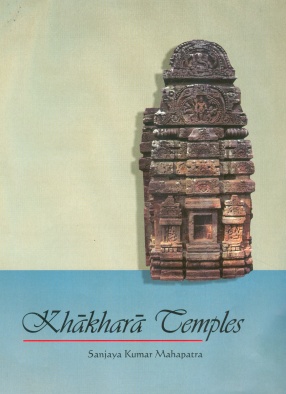
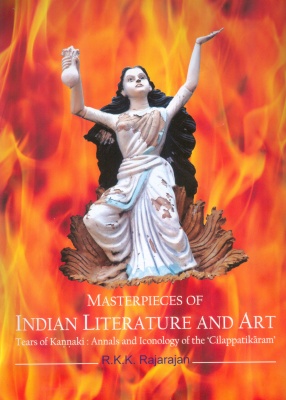
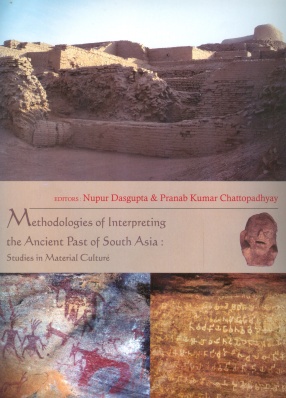
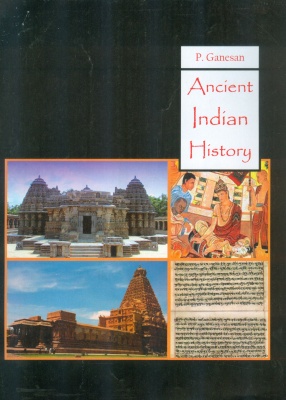
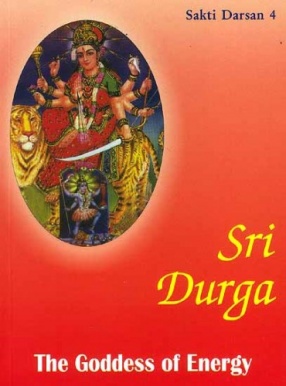
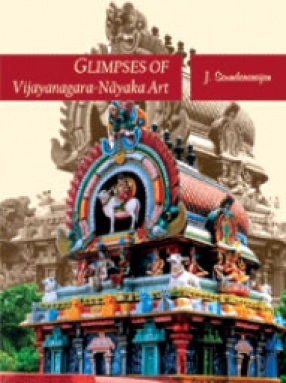
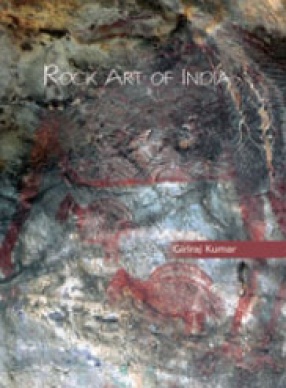
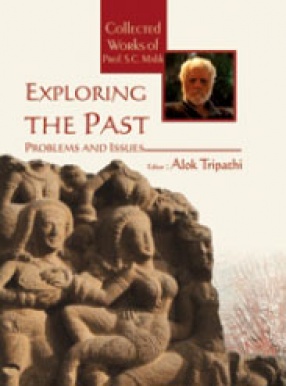

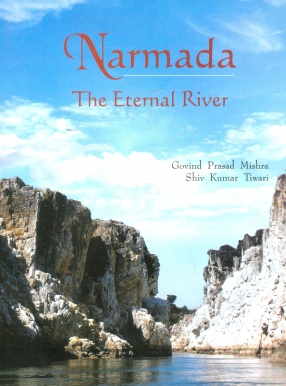
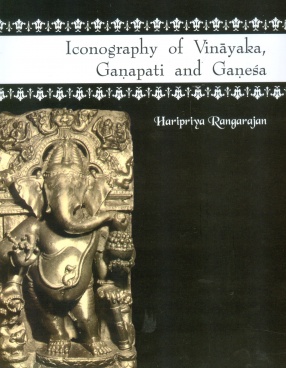

The book is in two parts dealing with the sacred hymns of the Alvars and Nayanmar; rooted in the Vedas, the Itihasas, the Gita and the Sahasranamas of Visnu and Siva. The first part presents the Roman transcription and English translation of the holiest of the hymns, the Tiruppavai and Tiruvempavai. The second part is on “Morphological Riddles and Mythological Setting” of the Alvars hymns, and historical reflections on the 'Divyadesas” (Sacred ...
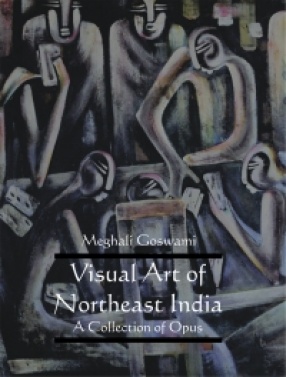
Collection of Opus is a book about the traditional and contemporary art practices in the region of north-eastern part of India. The sequence of the essays corresponds to different phases in the work of art of the Northeast India, and the book is informed throughout by a general interest in the conceptual and traditional relation of art and the visual language.
The essays range from a broad discussion of the traditional art practices; specially of Assam, through ...

The Pallava temples in the Pennar and Palar regions, the Cholas temples in Kaveri basin are well known to the scholarly world and a number of researches have been done in these areas. The temples in the Vaigai and Tamiraparani region belonging to the Pandya territories and their artistic significance are not studied adequately by scholars. Villages in the Pandya country (Vaigai, Tamiraparani regions) are also accommodated very beautiful and artistically ...

Orissa is known for its rich heritage of art and architecture. The temples of Orissa are closely entwined with Orissan culture. They cover a plethora of interest covering art, architecture, sculpture, religious faith and rituals. It is true that temples in some form must have originated as soon as the image worship came into vogue basing upon the idea that God has made man out of his own form.
The temples of Orissa resolve themselves into three broad ...

Kannaki and the annals of Cilappatikaram are foremost among the Tamil epics. The focus of Masterpieces of Indian Literature and Art: Tears of Kannaki: Annals and Iconology of ‘Cilappatikaram’ is on iconology and visuals bearing on the subject.
Designed in five nodal chapters, the book in two parts includes two annexure-s, glossary, bibliography (Part I), and Roman transcription of the Cilappatikaram followed by a comprehensive index (Part II), ...

The present volume embodies a collection of articles grouped into themes which are varied in their scope and orientation. The articles are categorized into four broad sections high-lighting on philosophical and methodological issues, specific contexts of India's prehistory to early history, material practices and technological heritage and ethnological links. A number of well-known scholars have contributed articles to make this a rich and informative volume ...

History of Ancient India is very vast and significant. It dates back to the time when humans set foot in the subcontinent. Civilization and beginning of settlements were not limited to just some parts but the whole of India.
History is not namely a chronology of events, it is not story of heroes and great men. In fact, the historic initiatives of the masses has time and again produced social cataclysm that have changed the worlds. Early Indian History have ...

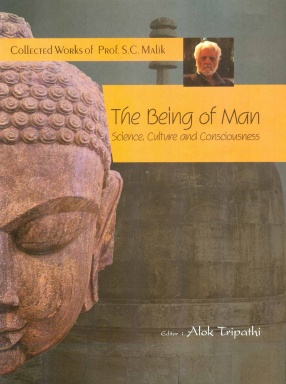
The Being of Man is a valuable collextion of articles written by Prof. S.C. Malik, on science, cultural, and consciousness. These articles deal with dual nature of thought, autonomy and wholeness in creative art, thought as technology progress and civilization, dimensionless space as eternal silence, the pursuit of knowledge and happiness, self-expression, creativity and non-duality, science and new directions, violence-nonviolence, holistic science and ...
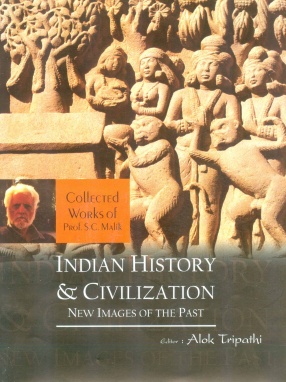
Indian History and Civilization: New Images of the Past is a collection of selected articles of Prof. S.C. Malik on indian history, culture, civilization and society. In these articles, the author has dealt with various aspects of Indian history, civilization, anthropological perspectives, social status, social movements, dissent, protests, reforms, traditions, ethnographic and lifestyle studies.
For looking at man, his life, and society, the author adopts a ...
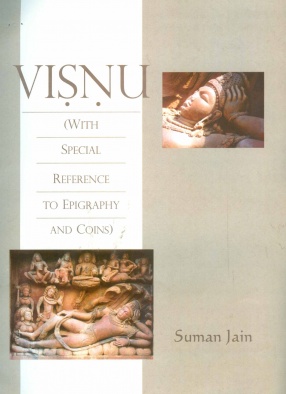
Visnu is the object of worship as the Supreme Deity of Vaisnavism, which is one of the most important cult that came into existence some centuries before the Christian Era. A study of epigraphical evidence discloses a variety of names and attributes of Visnu known throughout north India. He has been called Visnu and Vasudeva in the Gujarat-Saurashtra region; Purusottama, Rajivalochana and Upendra in central India; and Narayana, Trivikrama and Vhaturbhuja in ...

The book deals with the art of stucco images in the Nayaka temples of Tamil Nadu, from Chennai in the north to Madurai in the south. A number of temples were selected on random sampling basis for the present work.
The book is in six chapters, covering the following aspects: introduction of the images and temples, list of the temples selected, iconography in Siva temples, iconography in Visnu temples, iconography of Devi, et.alii, assessment of images and at the ...

India is one of the three countries having the richest treasures of rock art in the world; other two are Australia and South Africa. A lot of developments have been made in Rock Art Discipline globally during the last twenty-five years, and India played a crucial role in this development, especially in the study of the Pleistocene art through the EIP Project. Hence, there was a strong need of a book which can give a comprehensive picture of Indian rock art in the ...

Exploring the Past is a collection of selected articles of Prof. S.C. Malik on various problems and issues in Indian archaeology. These articles cover a wide range of topics from exploration of prehistoric sites, excavation of Stone Age sites, life and time of Stone Age man, Pleistocene chronology, Harappan society, Socio-cultural and socio-economic history, archaeological researches in India to psychological transformation of man. The author has also dealt with ...
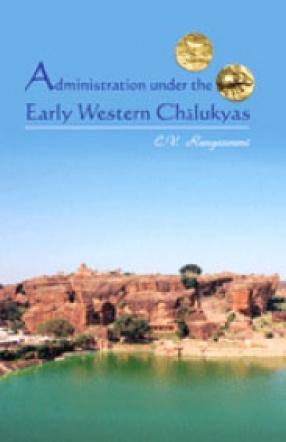
The book presents a comprehensive and critical study of the Early Chalukyan administration, nature of state and sovereignty of kings and social life and shows primarily how they developed the political traditions of their predecessors, the Kadambas, covering a period of study from the middle of the sixth century CE to the last quarter of the eighth century CE. The area covered by it is the territory in southern India which extended from Gujarat in the north to ...
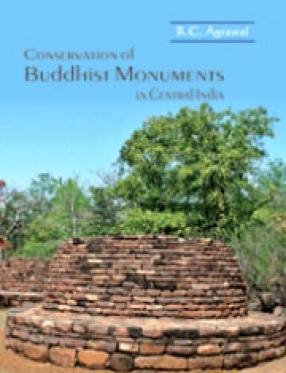
The Buddhist site of Sanchi was discovered by General Taylor in 1818 for the educated world. But the memory of Sanchi as a Buddhist establishment was alive till 1728 when Dost Mohammad founder of Bhopal dynasty admonished his brother Aqil for desecrating a Buddhist statue in Sanchi. This emphasises that the memory of Sanchi did not die but survived. In spite of desertion of the site by the Buddhist monks towards the end of seventeenth century and movement of ...

Acaryahrdayam, the esoteric Text explores various metaphysical means, through which Sriman Narayana provides sastras to discriminate good from malefic; and through them, the jivas could acquire true knowledge without the samsays, anyatha and viparita jnanam. Nayanar has given importance to Tirumantra, which contains compressed meaning of spirituality. Influenced by this, He puts forth reasonable arguments and declares the reliability of Tiruvaymoli which is more ...
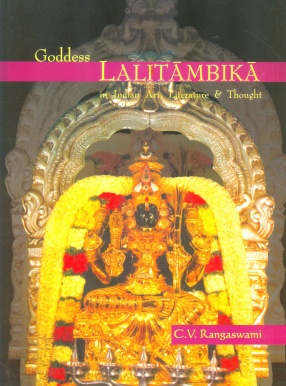
The present book attempts to study the cult of Devi Lalitambika as an individual Goddess like those of Siva, Visnu, Laksmi and others, installed independently with a long tradition and elaborate rituals, besides the highest philosophy associated with Her.
The book consists of five chapters. First chapter is an introduction and the second deals with the Goddess in Indian Literature, which is bases on Lalita sahasranama stotra. The third chapter - Goddess in Art ...
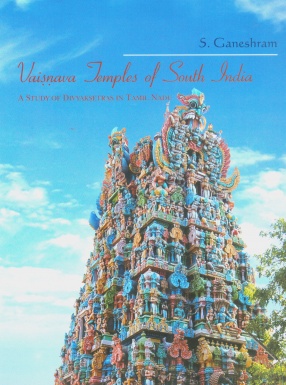
The present book on six Vaisnava Divyaksetras situated in the far south of India is well conceived and designed in seven compact chapters along with a crisp introducation and conclusion. The book traces the evolution of the kstras from literature & epigraphy, presents their topgraphy, ecology and landscape and tells about their importance in the history of Vaisnavism. The study also traces the history of these ksetras during different periods of history based ...

The present book Archaeology of Amaravathi River Valley : Porunthal Excavations seeks to update our knowledge based on the findings obtained from the intensive explorations and two seasons of controlled excavations at Porunthal to understand the processes of cultural transformation from Iron Age to Historic period through mutually supportive work & interpretative techniques. The archaeological, epigraphical, literary and numismatic data are analysed and ...

Narmada : The Eternal River is the outcome of a unique river journey accomplished by persons who traversed the entire Narmada river, a distance of more than a thousand kilometer, right from the Amarkantak to Bay of Cambay. The authors, well-known academicians wrote what they observed though their swimming expedition. The aspects covered in the book are archaeology, history, prehistory, geography, geology and human culture of Narmada Valley.
The present book is a ...

The foreigners who ruled in India for a long time prior to the advent of Muslims and British were the Yavanas, Sakas and the Kusanas. The history of India from the second century BCE to third century CE is related more to these foreigners who came from Central and Western Asia, than the Indian kings. They have ruled in different parts of north India for almost five hundred years. Although these foreign invaders achieved political and military powers, they failed ...
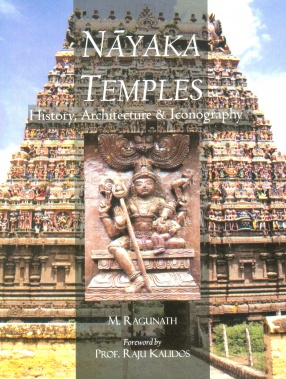
The book is based on extensive survey of Vijayanagara-Nayaka temples in the Natunatu sub-division of Tamilnadu, the topographical entity that covers the land falling in between Tirukkoyilur in the west to the Bay in the east. The history, architecture and iconography of the temples examined are those of Trivikrama (Tirukkovalur), Vrddhagirisvara (Vrddhacalam), Varadaraja (Panrutti), Vaidhyanathasvami (Tittakuti), Tirukkamesvara (Villiyanur), including the Cola ...

In the Hindu pantheon of gods, Vinayaka is the only deity who was born with a normal head, but beheades by Lord Siva (his father) and again fixed with an elephant head to his body by the same Lord Siva. Then Lord Siva addressed him as Ganesa and blessed him that everyone including devas would pray to Ganesa before starting their work. This elephant god got the epithets, Vighnakarta and Vighnaharta He is also called Ganapati.
The worship of Vinayaka has its roots ...
